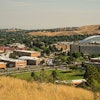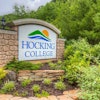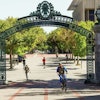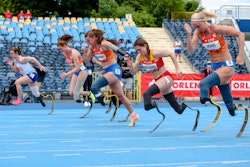SAN FRANCISCO–Amazon’s Kindle can read books aloud, but if you’re blind it can be difficult to turn that function on without help. Now two universities say they will shun the device until Amazon changes the setup.
The National Federation of the Blind announced Wednesday that the University of Wisconsin-Madison and Syracuse University in New York state won’t consider big rollouts of the electronic reading device unless Amazon makes it more accessible to visually impaired students.
Both schools have some Kindles that they bought for students to try this fall, but now they say they won’t look into buying more unless Amazon makes changes to the device.
“These universities are saying, ‘Our policy is nondiscrimination, so we’re not going to adopt a technology we know for sure discriminates against blind students,'” said Chris Danielsen, a spokesman for the National Federation of the Blind.
Amazon.com Inc. spokesman Drew Herdener said many visually impaired customers have asked Amazon to make the Kindle easier to navigate. The company is working on it, he said.
According to the National Federation of the Blind, there are about 1.3 million legally blind people in the U.S. Many more people have other disabilities such as dyslexia that make it difficult to read.
The Kindle could be promising for the visually impaired because of its read-aloud feature, which utters text in a robotic-sounding voice. For blind students in particular, the Kindle could be an improvement over existing studying techniques such as using audio books or scanning books page by page into a computer so character-recognition software can translate it for a text-to-speech program.




















